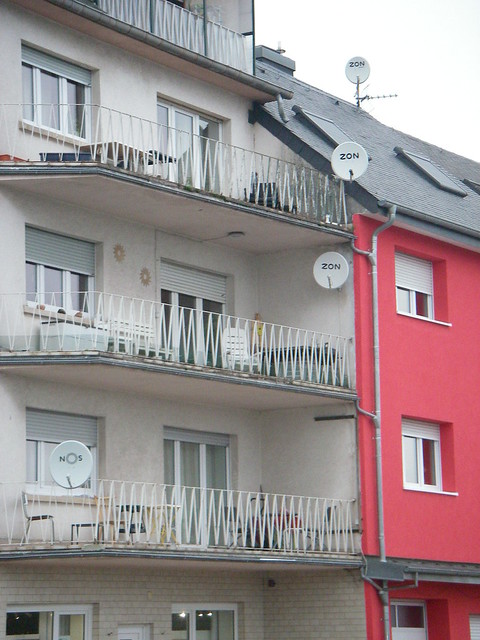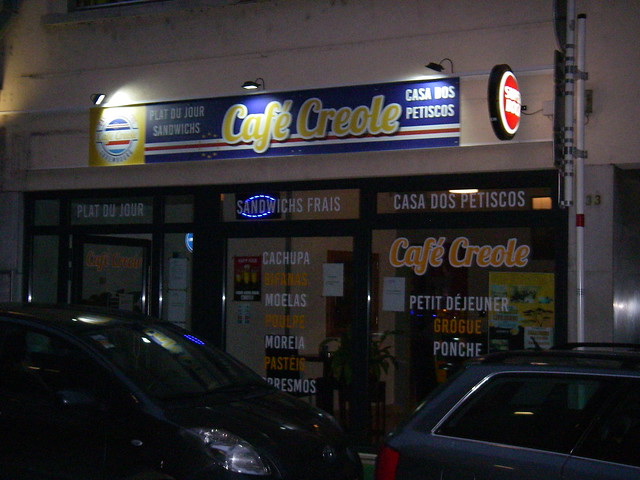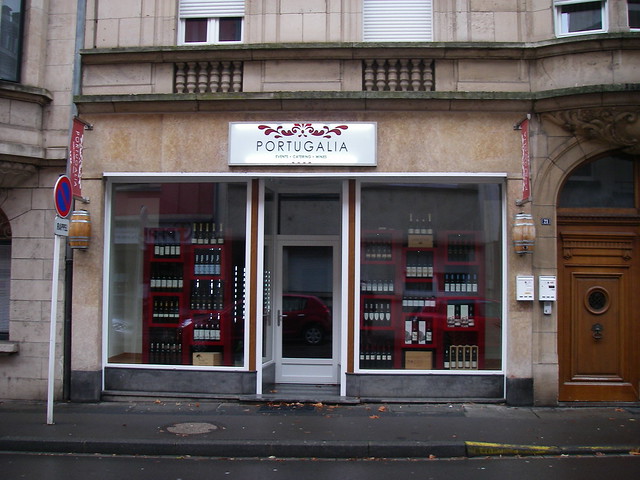I live in the south of Luxembourg, a short walk to the part of the French border dominated by the still-operating Arcelor-Mittal steel plant. However, for me, one of the more striking characteristics here is not the presence of heavy industry in this land of banks. Rather, it’s the amount of the Portuguese language you hear. Listen even cursorily to conversations on a bus or train around the capital, Luxembourg-Ville, or Esch-sur- Alzette, the country’s second city… You’re bound to hear it, along with its linguistic cousin Kriolu, the Creole language of the former Portuguese colony of Cape Verde (an archipelago 500 km off the coast of West Africa). You’ll even find Portuguese in the newspapers, with the country’s main broadsheet Luxemburger Wort publishing a weekly Portuguese-language edition to wide circulation.
Making up nearly 20% of Luxembourg’s resident population, Portuguese speakers are a marked presence in this tiny country. As might be expected, new arrivals from Portugal and Cape Verde tend to gravitate towards the communities where their older immigrant compatriots already live. Here, multiple generations patronize or own businesses that cater predominately to Portuguese and Cape Verdean customers. They take part in social and cultural associations with friends and family who hail from the same region; access similar Portuguese-language media covering news back home; and utilize travel agents and other professionals who speak Portuguese.
Like many Luxembourgers, a great number of Portuguese speakers are devout Catholics, and they populate the ranks of the country’s Catholic civic and youth organizations. Churches in the southern part of Luxembourg and in the capital city offer Portuguese-language masses – yet another place for newer immigrants to mingle with their predecessors. Indicative of the growing importance of Portuguese speakers to the larger archdiocese, the small city of Wiltz in northern Luxembourg hosts a pilgrimage every May ninth to the shrine of Our Lady of Fátima – honoring the site in Portugal where multiple visions of the Virgin Mary took place in 1917. This event can draw more than 20,000 devotees.
As if this weren’t enough, scores of Portuguese and Cape Verdean civil organizations also exist in Luxembourg. Social clubs, musical groups, parent-teacher associations, and solidarity missions can be found throughout the country. However, with the possible exception of a soccer match day, it is folkloric dance – a tradition dating from the late-19th century – that is the most visible reminder of the Portuguese and Cape Verdean presence in Luxembourg. Multiple troupes, comprised of up to thirty amateur musicians and dancers of varying ages, are active in the country.
In recent years, with newer immigrants from Portugal and Cape Verde boasting higher levels of education, the Portuguese-speaking population has demonstrated more extensive patterns of social and political engagement. There has been a marked increase in business ownership, as well as in the number of active community leaders and people petitioning for dual citizenship (permitted since 2008). In this light, Portuguese speakers in Luxembourg have accomplished a great deal. Yet, similar to other minority populations, their struggle is ongoing.
To provide an example of the visibility of Portuguese speakers in Luxembourg, I leave you with some photos taken in the country’s south and capital city.
— Samuel Weeks
2015-2016 Fulbright grantee to Luxembourg



